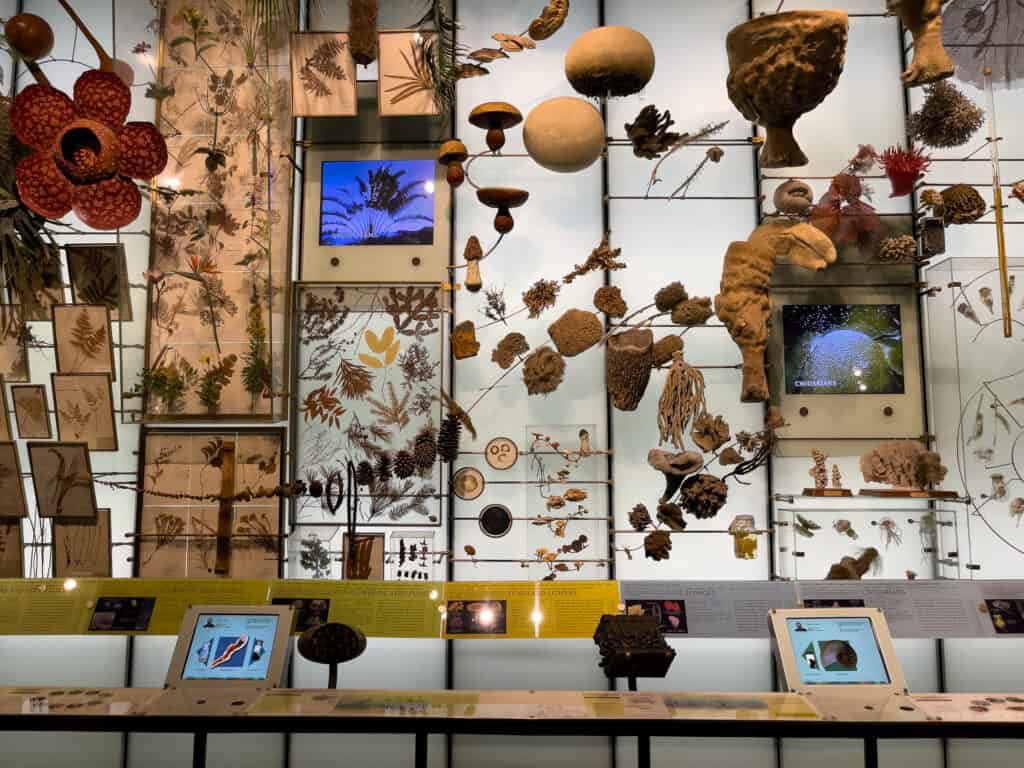Heralded as the biggest facility anywhere in the world devoted to natural history, the American Museum of Natural History features a renowned, diverse collection of animal, plant, mineral, and fossil specimens. Located in Theodore Roosevelt Park on the Upper West Side of Manhattan, adjacent to Central Park and not far from the New York Historical Society, the American Museum of Natural History plays host to several million guests each and every year.

History of the American Museum of Natural History
The American Museum of Natural History was founded in 1869. From its earliest days as an institution, it had the backing of a long list of prominent Americans, including United States Presidents Ulysses S. Grant and Rutherford B. Hayes. Many of its original artifacts were the direct result of museum-sponsored expeditions to places like the North Pole, the Democratic Republic of the Congo, and Siberia. Beginning in 1874 and continuing for over 50 years, the museum’s elaborate series of exhibition halls were constructed. The grand, Beaux-Arts façade that faces Central Park was completed in 1936.
Since then, most of the changes that have come to the American Museum of Natural History have occurred inside its walls. The past 80 years have seen the museum regularly update its galleries, add to its collections, and build new exhibition halls. The Center for Biodiversity and Conservation was opened in 1992, the Hall of Saurischian Dinosaurs arrived in 1996, the Hall of Human Origins started in 2007, and a great many more new projects remain in the works today.

What’s at the American Museum of Natural History
As the largest natural history museum on the planet, the American Museum of Natural History is a colossal structure. However, even though the museum consists of some two-dozen interconnected buildings containing 40 different exhibit halls, only a small number of the collection’s approximately 35 million artifacts can be displayed at one time. Regardless of when you visit, though, you’ll find the museum overflowing with walkthrough dioramas, ecological displays, ancient fossils, and all kinds of educational exhibits on biodiversity. Likewise, the museum always runs a half-dozen or so special exhibits and films.
As sprawling as the American Museum of Natural History is, several permanent exhibits standout as perennial favorites of visitors of all ages. The Alaska Brown Bear exhibit, in the Hall of North American Mammals, is a classic attraction—as is the massive Tyrannosaurus rex skeleton on display in the Hall of Saurischian Dinosaurs. The 122-foot-long Titanosaur cast in the museum’s Orientation Center is another unforgettable display, and the Hayden Planetarium has been delighting visitors for decades.
With so much to see and do at the American Museum of Natural History, you’re bound to work up an appetite during your visit. If that proves to be the case for you, the Museum Food Court offers a family-friendly selection of sandwiches, burgers, salads, and more. The menu changes daily and has gluten-free options. The museum also has two other dining establishments, Café on One and Café on 4, but they are for the time being temporarily closed.
The American Museum of Natural History store sells everything from home décor to books to toys, games, and apparel. They have a special “Dino Store” section that’s perfect for those individuals (no matter how big or little) who love dinosaurs, as well as a “Cosmic Shop” catering to the tastes of visitors fascinated by the wonders of deep space.

Tips for Visiting the American Museum of Natural History
- The Museum of Natural History is included on several money saving tourist passes including the New York Pass, NY Explorer Pass and New York CityPASS.
- There are three distinct types of admission to the American Museum of Natural History: General Admission, General Admission + 1, and General Admission + All. General Admission doesn’t cover the cost of entry to any of the museum’s special exhibitions or films. General Admission + 1 gets you in the museum and your choice of 1 special exhibit, while General Admission + All is the most comprehensive option available.
- Children under the age of 3 years old may enter the museum for free, while students and those over the age of 60 are eligible for discounted entry.
- Residents of New Jersey, Connecticut, and New York are eligible for a special, “pay-what-you-wish” admission price. This is quite the perk—just make sure to have an official ID ready to show. This deal applies only to General Admission. You’ll still need to pay the regular price of admission for special exhibitions.
- Those guests requiring an accessible entrance to the American Museum of Natural History should seek out the 56 West 81st Street entrance. This is also the recommended entrance for those families visiting with small children in strollers.
- The American Museum of Natural History has its own free app available for download. It contains useful maps, directions, recommendations, exhibit overviews, and more.
